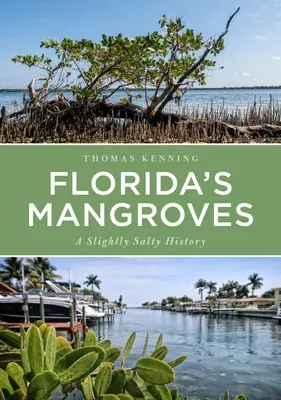Thomas Kenning
(Author)Florida's Mangroves: A Slightly Salty HistoryPaperback, 27 September 2021

Qty
1
Turbo
Ships in 2 - 3 days
In Stock
Free Delivery
Cash on Delivery
15 Days
Free Returns
Secure Checkout

Part of Series
America Through Time
Print Length
96 pages
Language
English
Publisher
America Through Time
Date Published
27 Sep 2021
ISBN-10
1634993497
ISBN-13
9781634993494
Description
Product Details
Author:
Book Format:
Paperback
Country of Origin:
US
Date Published:
27 September 2021
Dimensions:
23.19 x
16.41 x
0.99 cm
ISBN-10:
1634993497
ISBN-13:
9781634993494
Language:
English
Pages:
96
Publisher:
Series:
Weight:
299.37 gm